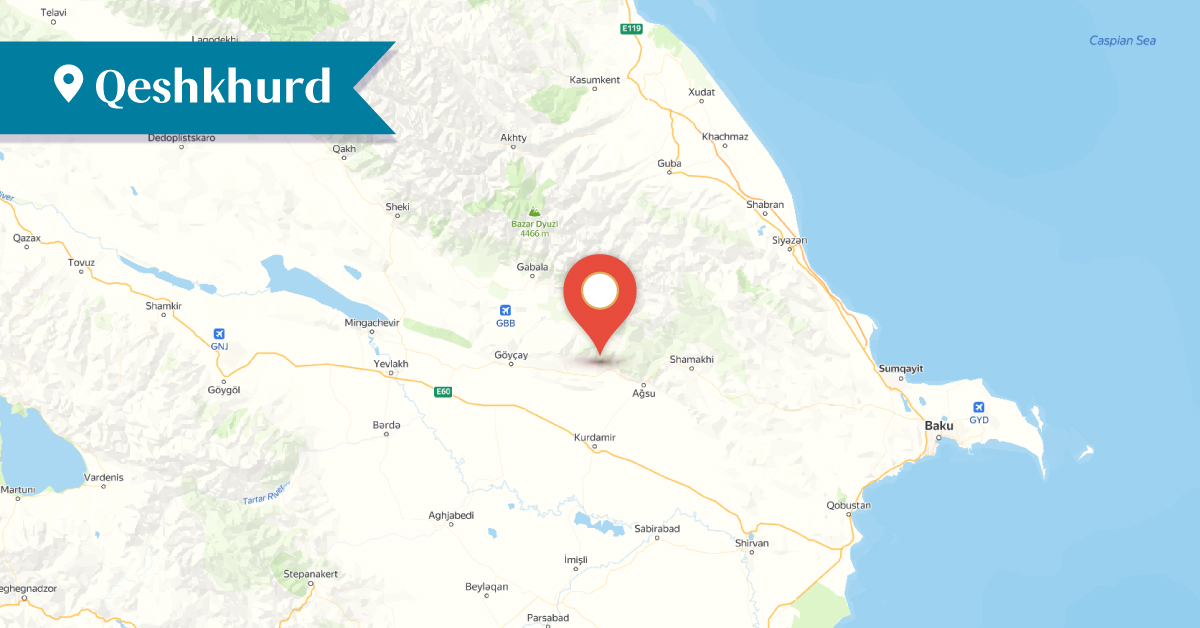2025
2025
2025-05-19

The village of Qeshkhurd in the Ismayilli district is located 14 km southwest of the district center. It was one of the most populous settlements in the district, whose residents had migrated from the Dizak and Varanda provinces of Artsakh, as well as from Syunik.
In 1861, Qeshkhurd had 115 Armenian households. During the visit of Bishop Makar Barkhutaryants in the late 1880s, the village had 170 Armenian households with 917 residents.
In 1914, Qeshkhurd was entirely inhabited by Armenians, with a population of 1,104.
In 1918, the village was attacked by Turkish troops and local Tatars, and 85 people were killed.
After the establishment of Soviet rule in Azerbaijan, the surviving residents of Qeshkhurd who had survived the massacres returned to their native village. In 1924, there were 40 Armenian households in Qeshkhurd, with a population of 151.
The emigration of the residents of Qeshkhurd began in the 1960s. By 1984, the village was still entirely inhabited by Armenians—comprising 9 households, all of which were forcibly displaced in 1988. During his visit in 1984, monument specialist S. Karapetyan documented a stone-built spring with an Armenian inscription, dating back to 1893, located on the northern side of the village.
Karapetyan also mentions the Church of the Holy Mother of God (Surb Astvatsatsin), built in 1860, which bore the following construction inscription:
The people of Qeshkhurd
built the church in memory of the Holy Mother of God.
Its cost amounted to 8,040 manet.
In the year 1860."
In the large cemetery located on the western side of the village, around 1,000 inscribed tombstones dating from the 19th century to the early 20th century have been preserved.
The village is now called Qeshkhurd (Azerbaijani: Keşxurt) and is inhabited by Azerbaijanis.
Bibliography
Barkhutaryants M., Land of Aghvank and its Neighbors: Artsakh, Yerevan, 1999.
Karapetyan S., The Armenian Lapidary Inscriptions of Aghvank Proper, Yerevan, 1997.
Karapetyan, S., Aghvank Proper, Part 1, Yerevan, 2024, pp. 198-204.